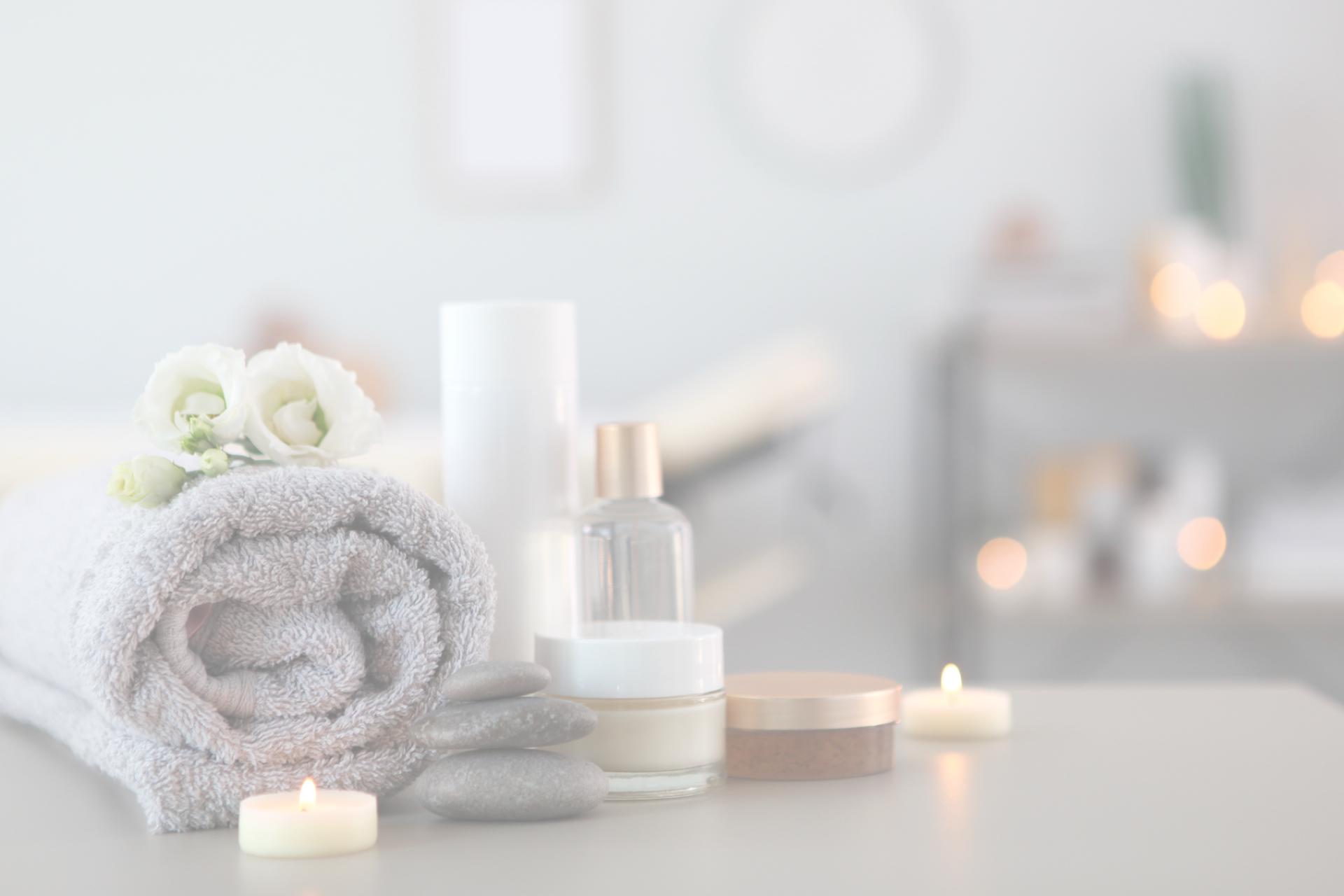Frequently Asked Questions
All you wanted to Know..
- In today’s high-stress and high pressure jobs, it’s important to regularly take some time off for yourself
- Give your body a chance to relax so that it can de-stress and rejuvenate itself for demanding tasks ahead
- Reduce stress and tension through reflexology and thereby increase overall productivity
- Experience immediate effects after an hour-long reflexology sitting – deep relaxation, the release of muscle tension and revitalization through improved blood circulation and better neural efficiency.
No, though there are a few massage techniques that are used in Reflexology.
However, unlike a massage, Reflexology works with the feet as anatomical maps of the whole body.
By applying pressure to one part of the foot, the reflexologist aims to benefit not only the feet but also the rest of the body.
Reflexology is a fully clothed session with removal of only shoes and socks. In case you are wearing tight jeans or pants that cannot come up to your knees, your therapist would provide you with a change of outfit.
After having cleaned your hands or feet with an invigorating soak with dead sea salts, your therapist will get you seated comfortably and begin your session.
Your therapist will use pressure, stretch and other movements to work through the foot methodically. The whole foot will be worked on in most circumstances
However, unlike a massage, Reflexology works with the feet as anatomical maps of the whole body.
By applying pressure to one part of the foot, the reflexologist aims to benefit not only the feet but also the rest of the body.
Reflexology is not intended to cure diseases or ailments.
Reflexologists are not medical practitioners and are not allowed to diagnose ailments or treat diseases.
Reflexology is a valuable way of indicating areas where higher stress is present in the body. It can assist to relieve that stress or tension which can promote or encourage the natural healing process.
Reflexology is a very gentle therapy.
A slight discomfort may, however, be experienced in certain reflex areas and is an indication of congestion or imbalance in a corresponding part of the body.
This is however fleeting and for the most part, the sensation is pleasant and soothing.
Your therapist should check with you the level of pressure that’s comfortable for you and work within your threshold.
An ideal session would last from 45 minutes to one hour.
Regular Reflexology sessions will bring about a marked improvement in overall wellbeing.
Ideally a session can be had every 7-10 days.
